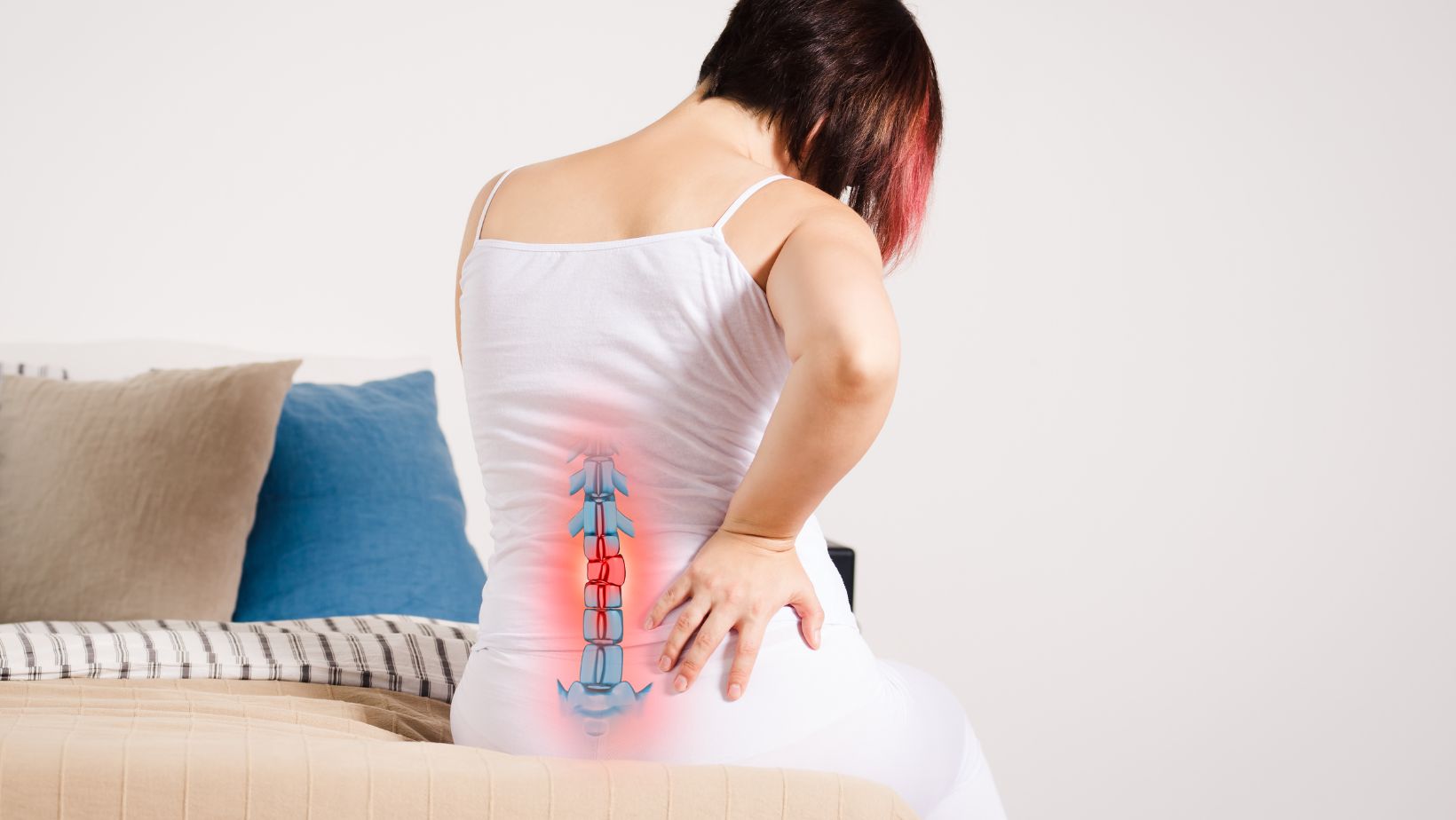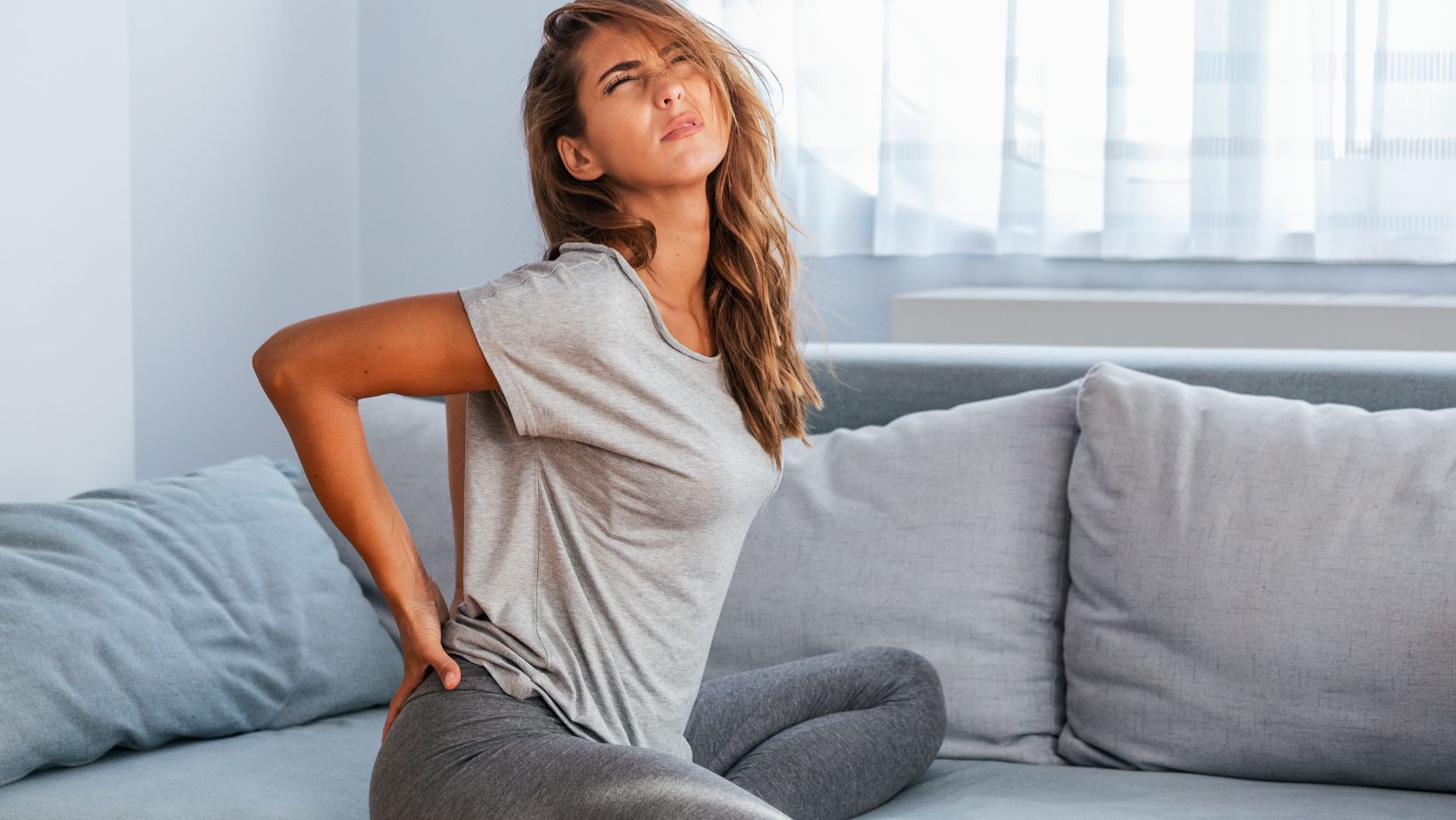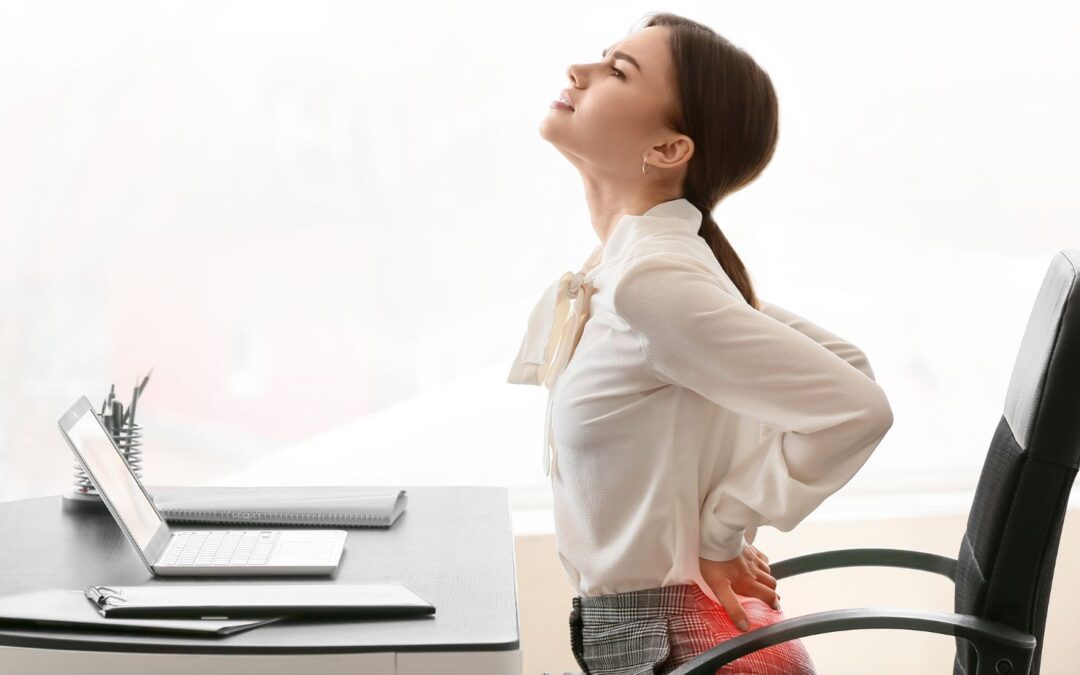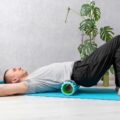Lower back pain, also known as lumbago, is like that unwelcome guest that overstays its welcome. It’s a common condition that comes with discomfort, stiffness, or soreness in the lower part of the spine. This part of the back bears the brunt of the weight support of the body and is used in multiple kinds of activities, which makes it vulnerable to injury, strain, and other problems. When it comes to back pain, there are two main types: acute, which is like a short-term nuisance, and chronic, the kind that just won’t quit, hanging around for weeks, months, or even years.” Call Vertos Med Inc: If you want expert advice for your back pain condition.
Causes Of Back Pain In Women
Lower back pain affects people of all genders, but it is particularly common among women due to physiological differences, lifestyle choices, and underlying medical conditions. Millions of women worldwide suffer from lower back pain, which significantly interferes with everyday activities, from easy chores like grocery shopping to more difficult ones like working out. Let’s take a look into some of the causes;
Hormonal influences
Hormones have a big impact on why women feel lower back pain. Hormone levels fluctuate throughout different stages of life.
When hormones change, especially during pregnancy or menstruation, they can affect the tightness or looseness of ligaments. This increased flexibility can sometimes lead to instability in the joints and back. This weakness can contribute to back pain because the spine isn’t as supported as usual, making it more prone to strain or injury.
Pregnancy Hormones:
Pregnancy brings its hormonal rollercoaster, shifting your body’s center of gravity and adding extra weight to your spine. It’s like carrying the weight of the world on your back!
Other reasons include Menopausal hormonal changes like
● A decrease in the level of estrogen.
● Higher risk of bone loss and fracture.
● It affects muscle tone and flexibility
Lifestyle Choices
Apart from hormonal influences, the way we live our lives also has a big say in women’s lower back pain. Let’s take a peek at some everyday choices that can turn into a pain in the back:
Long-Term Sitting:
Many women sit for long periods, whether at work, in front of screens, or when commuting. This weakens the muscles that support the spine and encourages bad posture, both of which increase the risk of muscle soreness and stiffness
Lack of Exercise:
Regular exercise isn’t just good for staying fit; it helps keep our muscles strong and flexible, especially the ones that support the spine.; However, many of us find it tough to prioritize exercise, and this leads to weakened core muscles, leaving the spine vulnerable to injury and lower back pain.
● Heavy Lifting
● High-Heeled Shoes
● Obesity
● Smoking
● Poor Sleeping Position
● Excessive Screen Time
Stress and other mind games can really mess with women’s lower backs. Here are a few of those tricky factors:
● Trauma History

● Personality Traits
● Coping Mechanisms
● Cognitive Distortions.
Health Issues
Women with lower back pain may experience additional complications due to various medical issues:
Endometriosis:
This condition involves uterine tissue growing outside the uterus, often causing pelvic pain that extends to the lower back.
Fibroids:
Non-cancerous growths in the uterus can press on nearby structures, including the lower back, causing discomfort and pain.
Pelvic Inflammatory Disease (PID):
Infections in the female reproductive organs can cause inflammation and pain, which may also affect the lower back.
Problems with the bladder or gut can contribute to lower back pain as well.
Ready to Take Action?
Orthopedic physical therapy offers valuable strategies for preventing and managing lower back pain.
Here are some suggestions:
Rest:

Every injury takes time to heal. Your physical therapist will likely recommend that you stop any activity that aggravates your back pain.
Maintain Good Posture:
Proper alignment reduces strain on the lower back and supports spine health.
Exercise:
Strengthening and stretching exercises improve core stability and flexibility, reducing the risk of injury.
Heat is used in physical therapy to improve the flow of oxygen to muscles. This helps damaged tissue heal. It can also relieve pain by reducing the pain signal’s transmission to the brain.
Jessica has a flair for writing engaging blogs and articles. She enjoys reading and learning new things which enables her to write different topics and fields with ease. She also strives to break down complex concepts and make them easy for anybody to comprehend.





